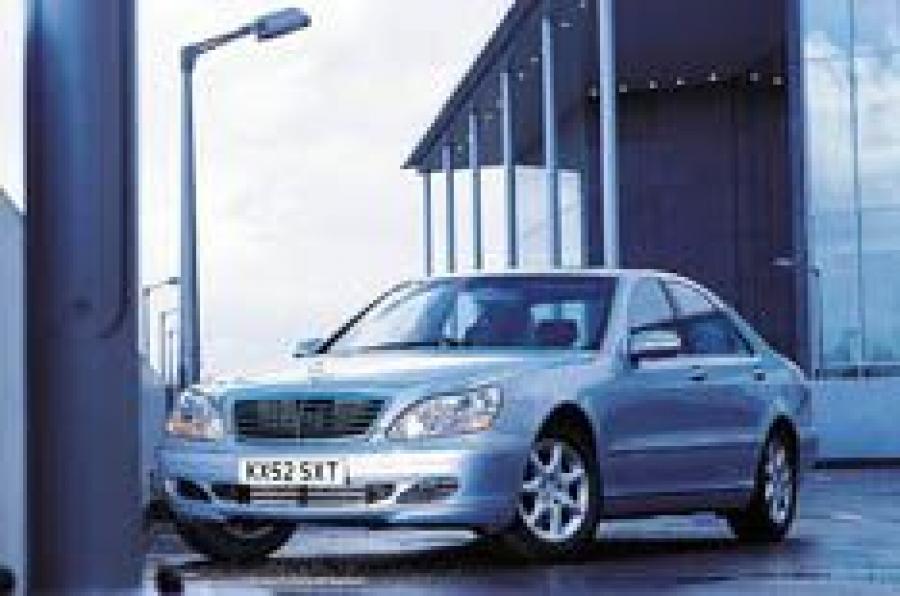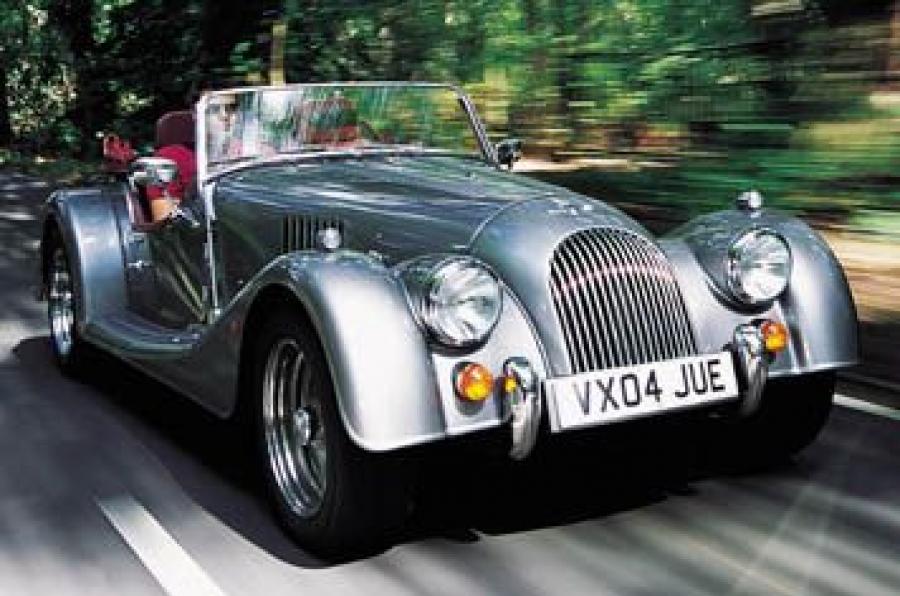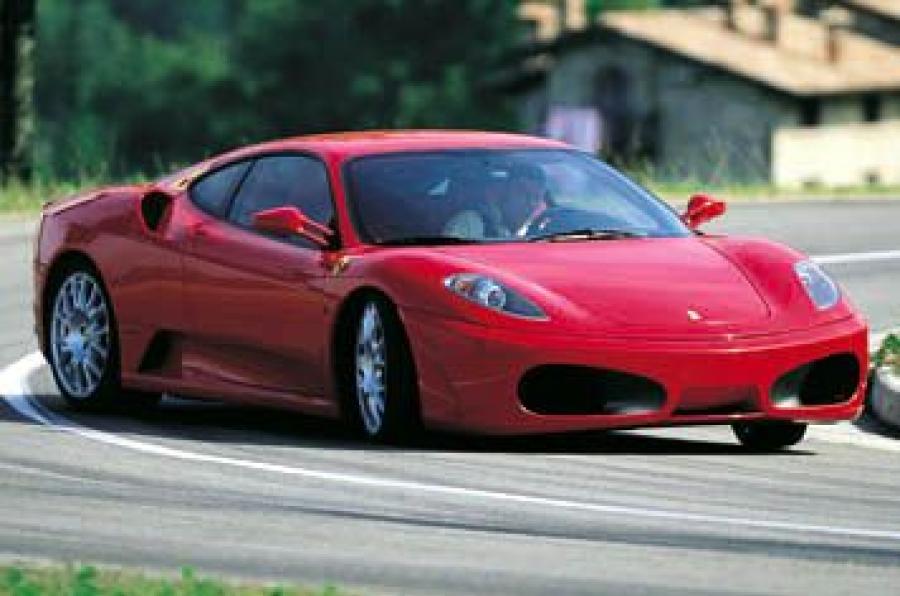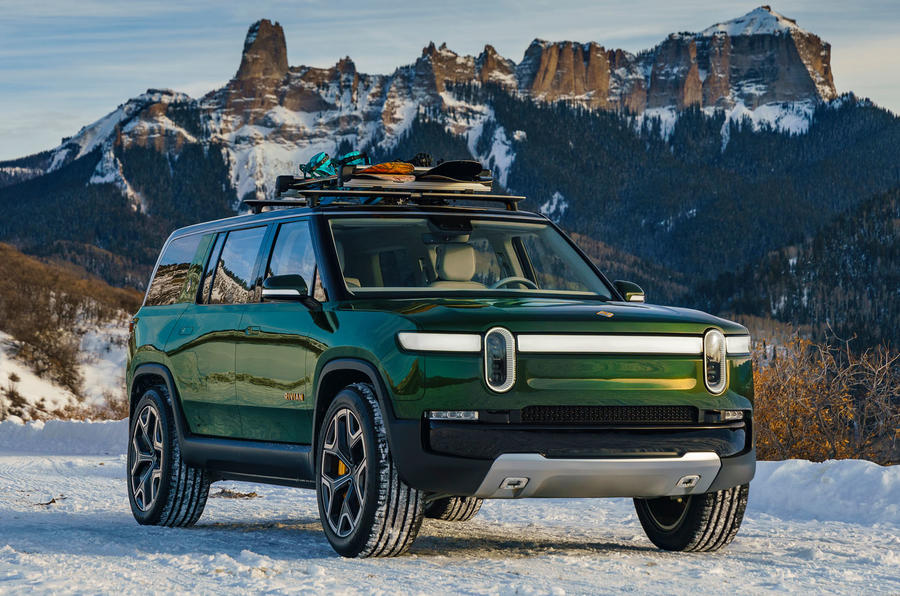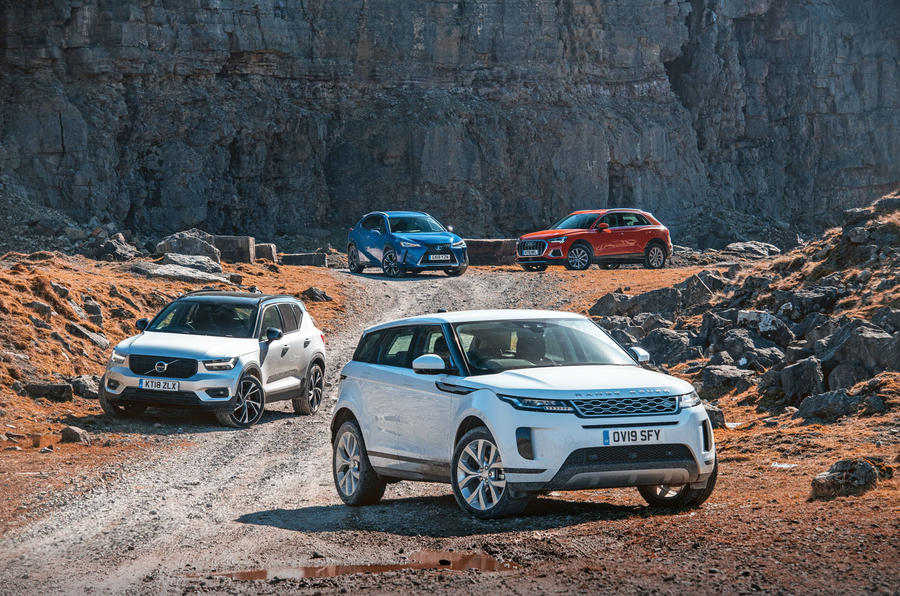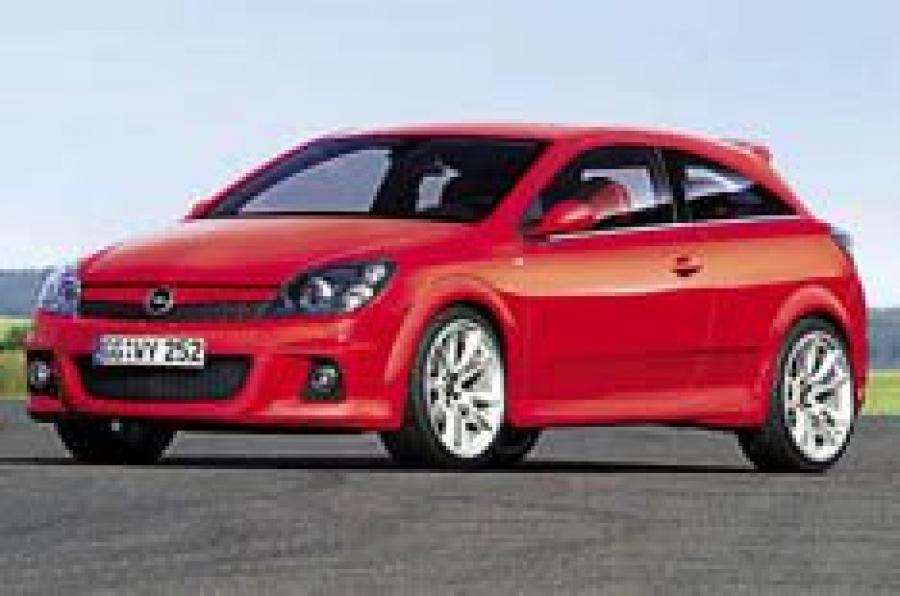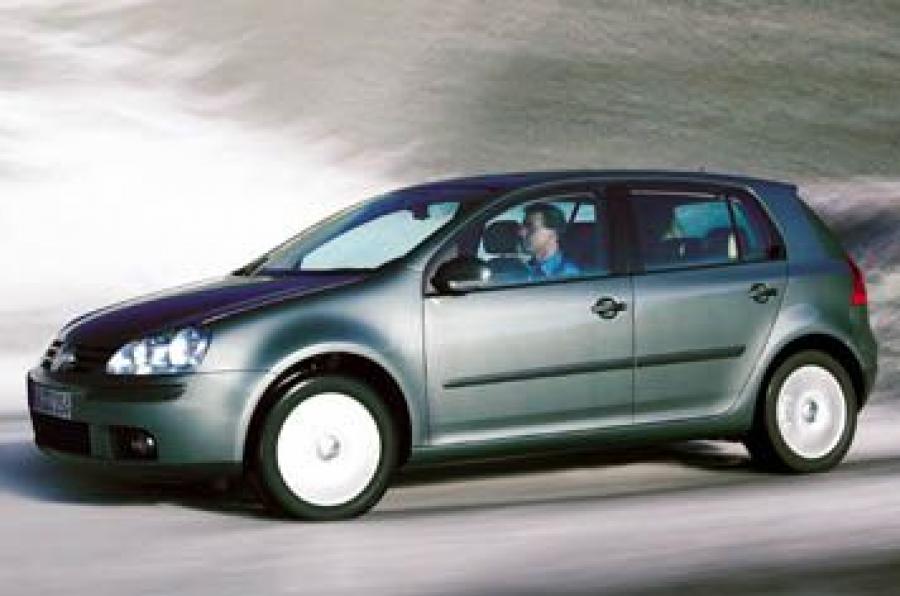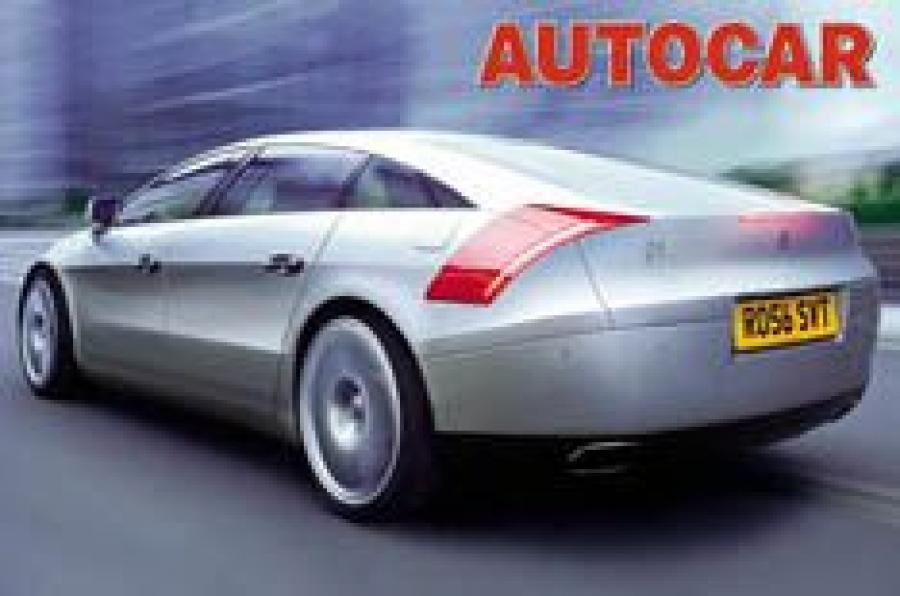
Saab is on the verge of a massive re-invention, and there’s a raft of new models being planned which owner General Motors hope will secure the future of its sole ‘premium’ European brand. And one of the most dramatic ideas being considered in Trollhatten and Detroit is this radical fastback replacement for the ageing 9-5.
However, there is a pay-off for the notoriously quirky company. In the future, Saabs will be built on three separate continents in other maker’s factories, sharing common platforms and engines with other GM products. Saab has been a thorn in the side of General Motors since 1990, when the American car giant swept in under the poised pens of Fiat executives and bought a 50 per cent share in the Swedish firm. GM has owned the whole of Saab since 2000, but the Swedes have continued to lose money and, like Jaguar, missed out on the premium-brand boom of the past decade.
GM’s patience has been sorely tested, but then again its half-hearted management has underwritten Saab’s curious semi-independent state. GM neither prepared a fully-funded product blitz nor a takeover of the running of Saab. Only this year does Saab expect to just about break even. It hasn’t reached its break-even point of 140,000 cars since the late 1980s and the era of the successful 900.
Now GM’s attitude to Saab has changed under its ‘product czar’, Bob Lutz. Lutz has a soft spot for the brand (both his wife and his daughter drive Saabs) and he has ordered that Saab’s range be massively expanded over the next few years. Beginning at the bottom of the range, Saab has already rolled out the Impreza-based 9-2X. Developed in record time, the 9-2X wears its own nose and tail and benefits from greater refinement and better ride quality than the Subaru donor. This US-only model has shocked Saab traditionalists, but GM sources point out that Saab was about to miss another new niche – America’s booming ‘premium compact’ segment.
